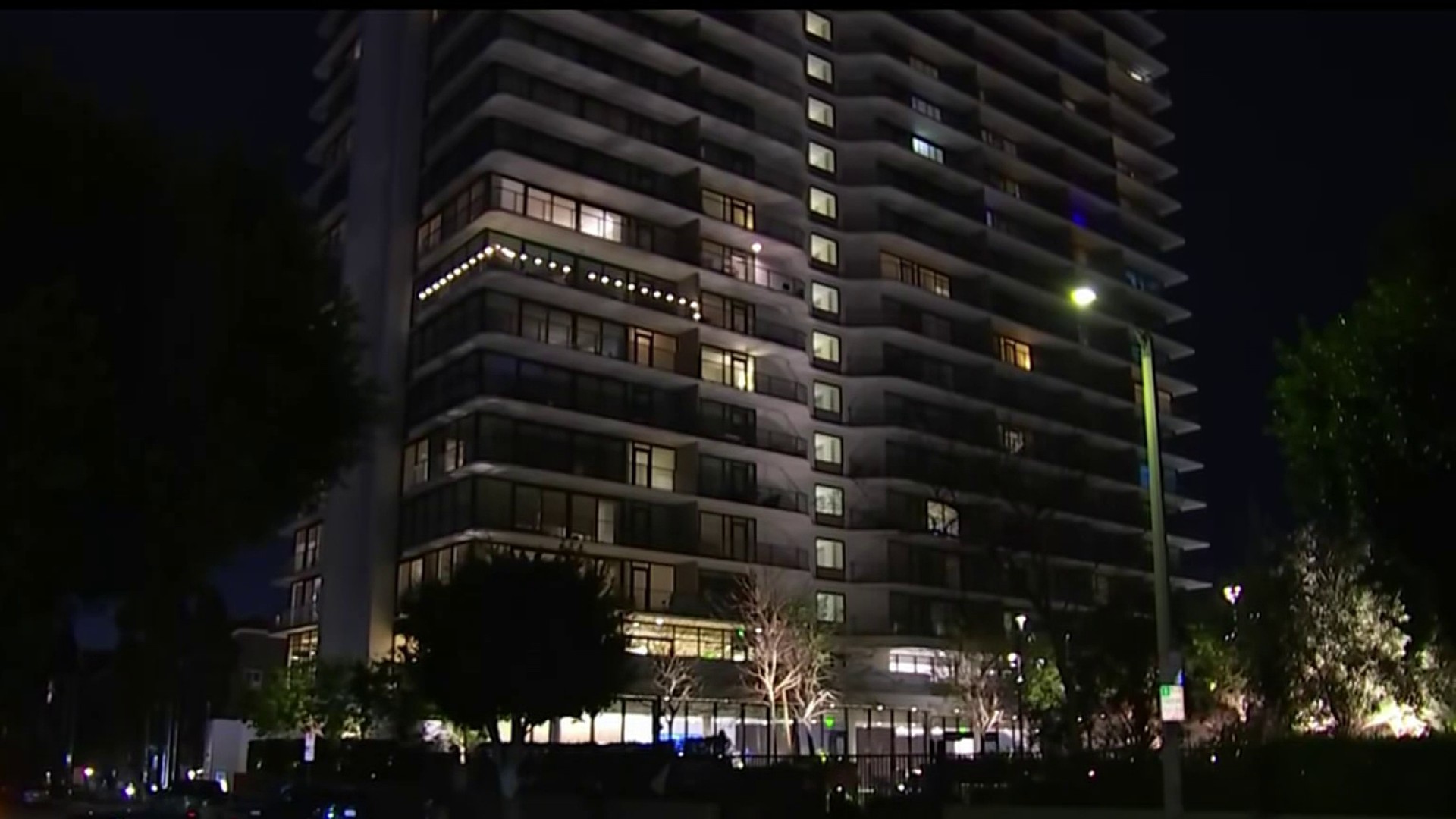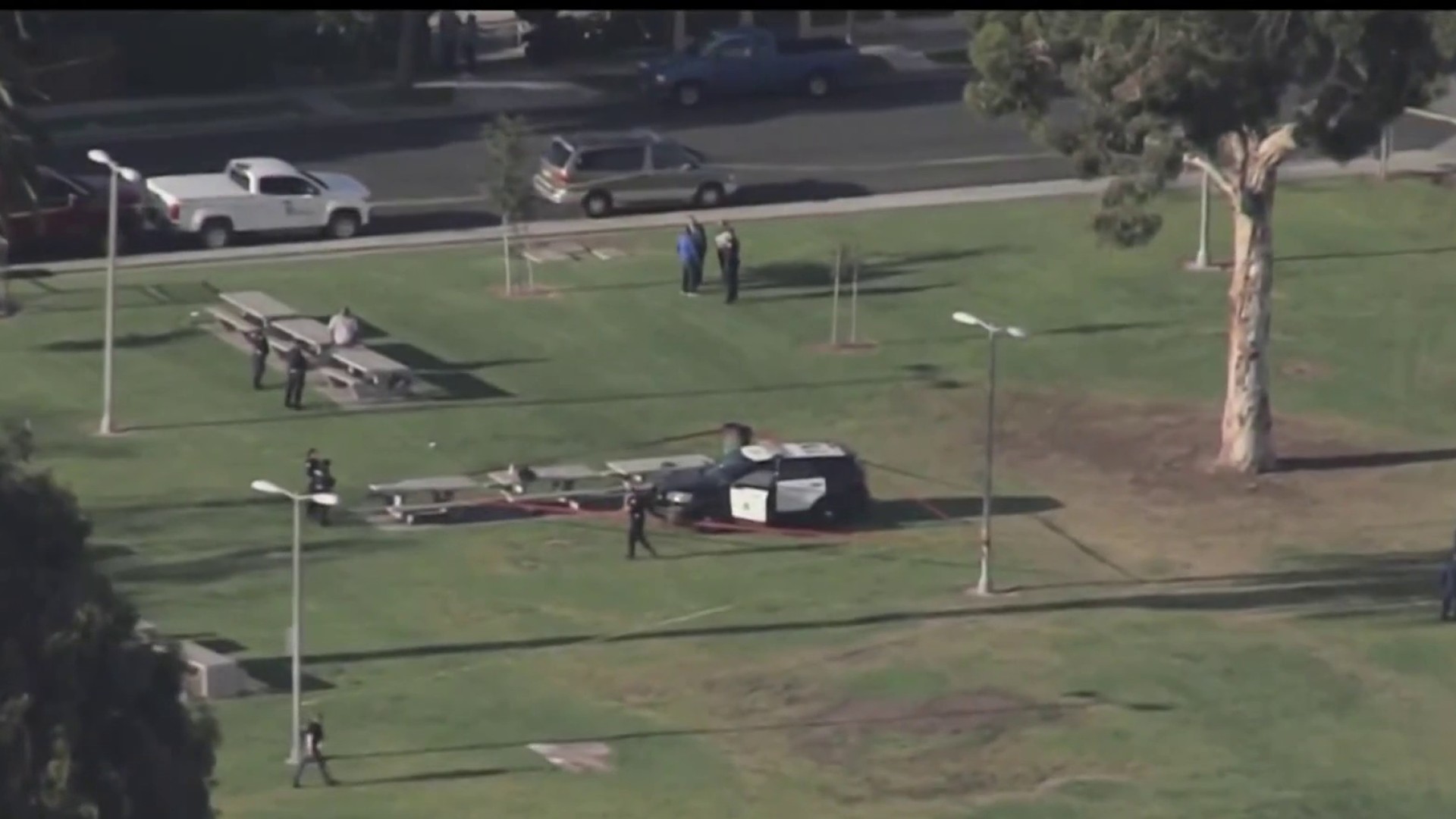The Southland will be treated to more spring-like warmth and sunshine on Tuesday and Wednesday before rain and sharply cooler temperatures arrive Thursday, forecasters said.
NATIONAL WEATHER SERVICE FORECAST
The National Weather Service said in a statement that an upper-level low pressure system now developing over the Pacific Ocean "will bring a significant change to the weather pattern for the latter half of this week."
It said a strong, moist southern flow was expected to develop ahead of the low pressure system late Wednesday afternoon and generate sub-tropical moisture.
Some showers could occur as early as Wednesday afternoon over mountain and foothill areas, causing precipitation to spread along the Central Coast starting Wednesday night and gradually spread east and south through early Thursday morning.
"There is a potential for heavy rainfall possibly exceeding U.S. Geological Survey estimates for flash flooding and debris flows," according to an NWS statement.
The rainfall associated with the developing system is expected to range from one quarter to three quarters of an inch at lower elevations, with between one inch and 1 1/2 inches in the mountains, according to the NWS. Rainfall exceeding two inches cannot be immediately ruled out, it added.
The snow level will start off above the ridge tops Wednesday afternoon, dip to resort levels by Thursday morning and drop to near 5,000 feet by Thursday afternoon, NWS forecasters said.
In heavier showers, snow levels could drop even more, causing snow to accumulate on Interstate 5 in the vicinity of the Tejon Pass, they said.
COLDER STORM SYSTEM FOLLOWS
The system expected to hit the Southland Thursday is expected to be followed by a colder storm system.
Local
Get Los Angeles's latest local news on crime, entertainment, weather, schools, COVID, cost of living and more. Here's your go-to source for today's LA news.
The second storm is expected to generate heavy rainfall in some areas starting late Friday, along with "significant mountain snow" and the possibility of thunderstorms, according to the NWS statement.
"The finer details of this second storm system are still somewhat unclear, but there is a potential for an additional one to two inches of precipitation," it said.
The NWS said rain likely will hit the Greater L.A area starting Thursday, when temperatures drop.
THIRD WARMEST JANUARY
According to the NWS, downtown Los Angeles experienced its third warmest January last month, with an average monthly temperature of 62.5 degrees.
Since this sort of record-keeping began in July 1877, only January 1986, with an average temperature of 65.9 degrees, and January 2003, averaging 63.4 degrees, were warmer, the weather service reported.
The average high in downtown last month was 74.2 degrees and the average low, 50.8 degrees, the NWS said.
Temperatures reached or exceeded 80 in downtown L.A. for 12 days last month, tying a record set in January 2003.
January was also a very dry month for the Southland, with rain totaling only 0.34 inches in downtown -- 10 percent of normal rainfall for a January -- but it was not the driest on record, according to the NWS, which said there have been four Januaries when no rain at all was recorded.



